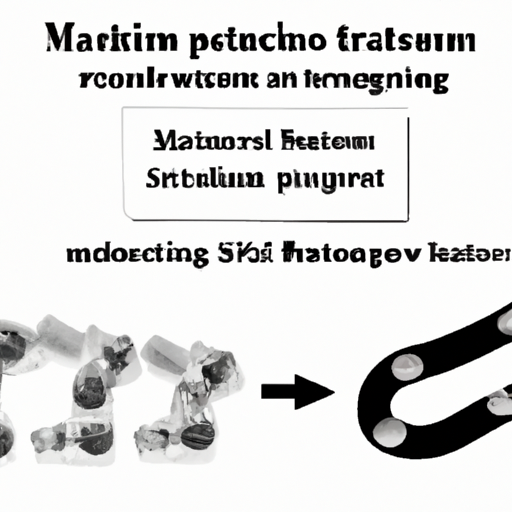Title: Exploring the Mainstream Magnetic Production Process

1. Raw Material Selection: The first step in the magnetic production process is the careful selection of raw materials. Magnets can be made from various materials, including ferrite, neodymium, samarium cobalt, and alnico. Each material possesses unique magnetic properties, making it suitable for specific applications. The choice of raw material depends on factors such as desired magnetic strength, temperature resistance, and cost-effectiveness.
2. Powder Preparation: Once the raw material is selected, it undergoes a powder preparation stage. In this step, the raw material is crushed into fine particles to enhance its reactivity and facilitate the subsequent processing. The powder preparation process involves grinding, milling, and sieving to achieve the desired particle size distribution.
3. Mixing and Blending: After powder preparation, the magnetic material is mixed with a binder material to form a homogeneous mixture. The binder material, typically a polymer, helps in holding the magnetic particles together during the subsequent processing steps. The mixing and blending process ensures that the magnetic particles are evenly distributed throughout the mixture, ensuring consistent magnetic properties in the final product.
4. Compaction: Compaction is a critical step in the magnetic production process, where the mixed powder is compressed into a desired shape. This is typically achieved using a hydraulic press or an automated compaction machine. The compaction process applies pressure to the mixture, causing the particles to adhere to each other and form a solid structure known as a green compact.
5. Sintering: Sintering is a high-temperature process that transforms the green compact into a dense and solid magnet. The green compact is placed in a furnace and heated to a temperature just below its melting point. During sintering, the binder material burns off, and the magnetic particles fuse together, resulting in a strong and durable magnet. The sintering temperature and time are carefully controlled to achieve the desired magnetic properties.
6. Machining and Finishing: Once the sintering process is complete, the magnet undergoes machining and finishing operations to achieve the desired shape and dimensions. This involves cutting, grinding, and polishing the magnet to meet the specific requirements of the application. Precision machining techniques are employed to ensure the magnet's dimensional accuracy and surface finish.
7. Surface Treatment and Coating: To protect the magnet from corrosion and enhance its performance, a surface treatment or coating is applied. This can involve electroplating, epoxy coating, or other specialized processes. The surface treatment not only improves the magnet's durability but also provides insulation and prevents adverse reactions with the surrounding environment.
8. Quality Control and Testing: Throughout the magnetic production process, quality control measures are implemented to ensure the magnets meet the required specifications. Various tests, such as magnetic field strength, coercivity, and temperature resistance, are conducted to verify the magnet's performance. Any defective magnets are identified and discarded to maintain the highest quality standards.
Conclusion: The mainstream magnetic production process involves a series of carefully orchestrated steps, from raw material selection to quality control. Each stage contributes to the creation of magnets with specific magnetic properties and applications. By understanding this process, we can appreciate the complexity and precision involved in manufacturing magnets that power our modern industries.